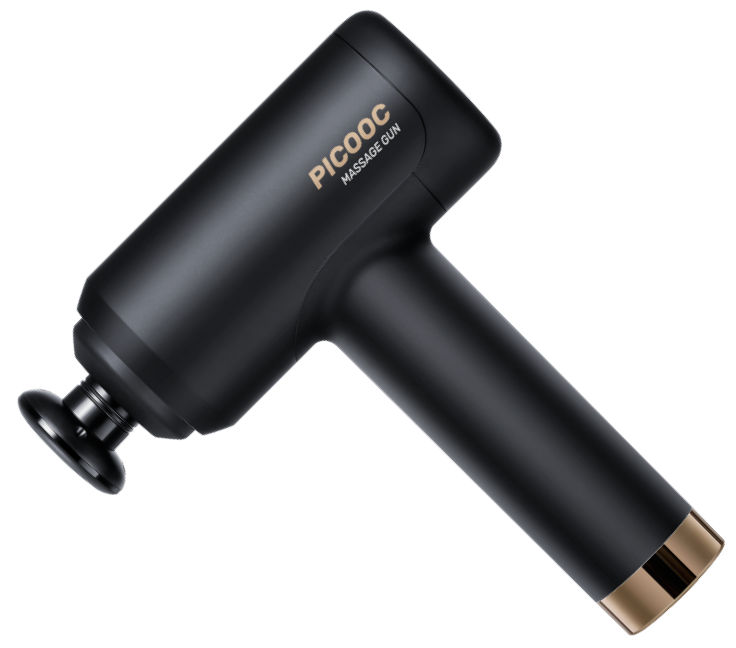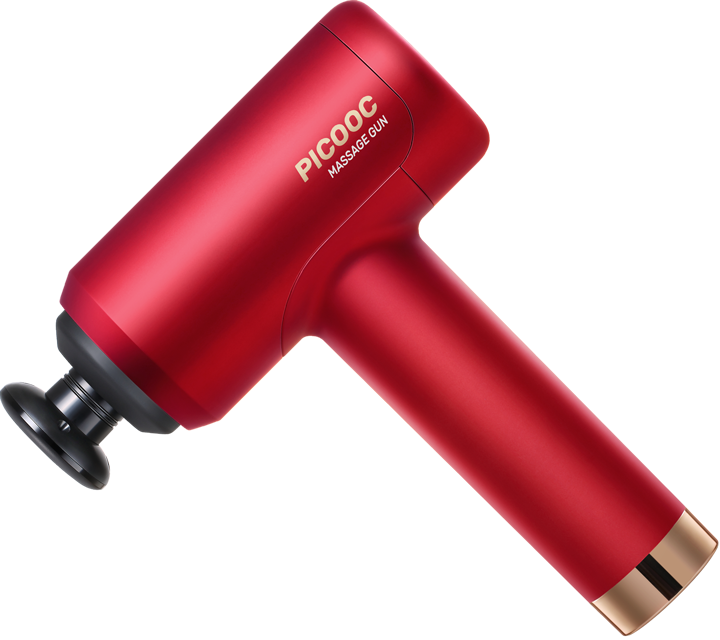 X1
X1
 PICOOC Massage Gun
PICOOC Massage Gun
 PICOOC Heat Therapy Massage Gun
PICOOC Heat Therapy Massage Gun
 X1
X1
 PICOOC Massage Gun
PICOOC Massage Gun
 PICOOC Heat Therapy Massage Gun
PICOOC Heat Therapy Massage Gun
The PICOOC Training Camp Healthy Diet Course Arrangement
We follow the DASH Diet (the number one healthy diet in the United States) and provide dietary guidance for you during the fat loss period.
Through the PICOOC Training Camp, I hope everyone can learn to improve their diet structure, that is, "what to eat".
General principles
1. Lots of good protein
2. Moderate Whole Grains (Low GI Carbs)
3. Lots of vegetables
4. Moderate amounts of good fat
step1: adjust the amount of white rice and flour we are used to eating, mix the thickness, gradually replace with whole grains, and increase the intake of protein and vegetables.
Step 2: Reduce your intake of fried foods, fast foods, processed foods, pastries and other foods that are high in sugar, oil and sal
Four categories
The following are recommended daily ingredients based on the four main categories of your diet: protein, carbohydrates, vegetables, and fats:

1、Protein: white meat is the best, lean red meat is the second
(1) white meat: fish and shrimp, egg whites, bean products, poultry such as chicken, duck and goose, but must remove the skin and subcutaneous fat;
(2) Red meat: For domestic animals such as cattle, sheep and pigs, try to choose pure lean parts, and the skin and subcutaneous fat should be removed between parts;
(3) Dairy products: sugar-free pure milk, sugar-free yogurt
2、Carbohydrates: can be collocation, coarse grain is relatively white rice noodles
(1) tubers: sweet potato, purple potato, yam, taro, potato, lotus root, etc.;
(2) Cereal: brown rice, semen coicis, red rice, purple rice, black rice, red rice, sorghum, barley, oats, buckwheat, corn, etc.;
(3) Beans: dried soybeans, mung beans, red beans, black beans, green beans, kidney beans, broad beans, peas, etc.;
(4) Noodles: buckwheat noodles, pasta, etc.


3、vegetables: choose their favorite dark green vegetables as the best
(1) Green leafy vegetables: lettuce, celery, spinach, garland chrysanthemum, amaranth, etc.;
(2) Chinese cabbage flowers: Chinese cabbage, purple cabbage, cauliflower, broccoli, mustard, etc.;
(3) Edible fungi: Lentinus edodes, Flammulina edodes, Bamboo Sun, Hericidium hericii, Auricularia auricularis, etc.;
(4) melon fruits: cucumber, bitter gourd, winter gourd, loofah, tomato, pepper, eggplant, etc.;
(5) onion and garlic: onion, green onion, leek, chive and so on.
4、 fat
(1) Cooking oil: olive oil, salad oil, sunflower oil, peanut oil, coconut oil. Fried baked, steamed, fried and mixed, need to control the amount of oil, but not completely reject the intake of oil;
(2) Nuts and other types: cashews, pine nuts, walnuts, sesame seeds, egg yolk, avocado, all edible, but need to control the amount.

Matters needing attention
1. Diversify the ingredients, choose the ingredients you like, take in the nutrients comprehensively, and avoid being lazy and having a single ingredient;
2、Identify the carbohydrates in "vegetables", such as potatoes, yams, corn, beans and other carbohydrate-rich food, often appear in dishes, such as vinegar potato shredded, when eating the need to reduce the amount of staple food, increase the amount of real vegetables;
3、 Fruit can not replace vegetables, avoid by all means for convenience or glutton fruit when vegetables to eat, otherwise excessive intake of sugar, fat reduction is difficult to be effective.
Come on, learn what to eat and incorporate healthy eating into your daily life
THE END